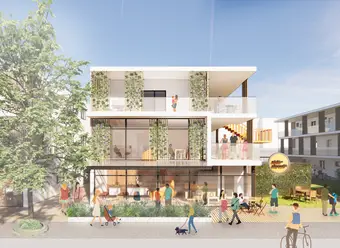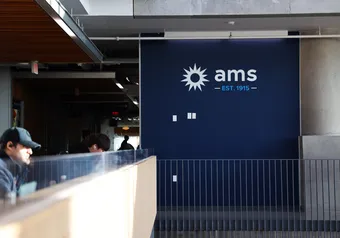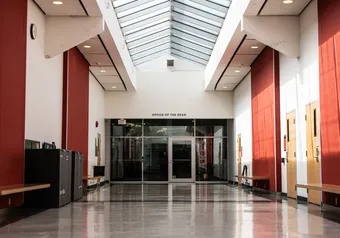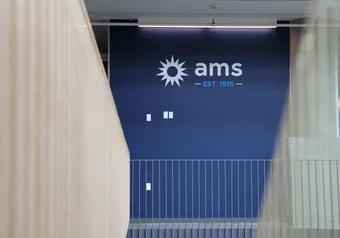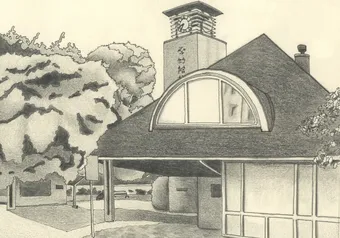Summer Xia Liu, master’s of architecture candidate at UBC and Jerry Kuo, recent masters of architecture graduate, recently received an honourable mention at an urban design competition hosted by Urbanarium.
The competition encouraged people to submit innovative mixed-use designs for four Metro Vancouver communities: Surrey, Coquitlam, North Vancouver and Vancouver. Among the judges, each municipality’s director of planning was on the jury panel.
Among over 40 submissions, Liu and Kuo’s design received an honourable mention.
Liu and Kuo envisioned a post-pandemic community focused on blurring boundaries between private and public life. By incorporating a barrier-free accessible approach, the design allowed the user to customize their space to their current needs, emphasizing the concept of “aging-in-place.” For instance, units feature a gym space can easily be converted into a bedroom when a child begins to grow older.
“If the built environment is comfortable, then so are its users,” stated Liu and Kuo in a joint statement to The Ubyssey.
Their flexible live-and-work co-op design was inspired by the negative social effects of COVID-19 they both witnessed. Seniors battled with loneliness while young families navigated the difficulties of simultaneously working from home and caring for their children, they explained.
“The moment our world shrunk from a global village to the size of an apartment unit, we realized how inflexible our humble abode was to accommodating daily essential activities, and how our buildings lacked purposeful amenity spaces,” they said.
Sara Stevens, a professor at the UBC School of Architecture & Landscape and a member of Urbanarium’s board of directors, said the competition was interested in “questioning the paradigm of zoning.”
She said zoning was created as a solution to various problems that existed approximately 100 years ago, specifically in response to industrial pollution and smoke production.
However, Stevens said that these types of issues are not as prominent today and this method of zoning requires far transportation distances for citizens, preventing healthy and resilient neighbourhoods.
“Their project is interested in rethinking how the general public engages the city,” Stevens said.
In terms of pandemic resilience, Stevens explained that Liu and Kuo’s residential design brings amenities such as yoga studios and seamstresses within walking distance of the users, therefore eliminating the need to travel on congested buses or work in crowded office spaces, which are areas of high transmission.
In Vancouver, as housing prices continue to rise and the working middle-class battles the obstacle of finding a place to settle down, Liu and Kuo said the competition allowed them to test their imagination with no limitations.
This experience expanded their knowledge and provided them with new perspectives that will bring a change to their future constructed environments.
“A community for all should truly be a community for all, and not an afterthought.”
First online
Share this article


